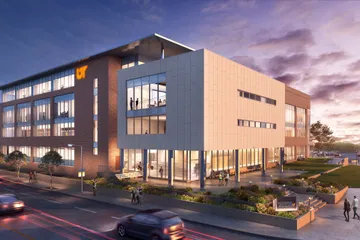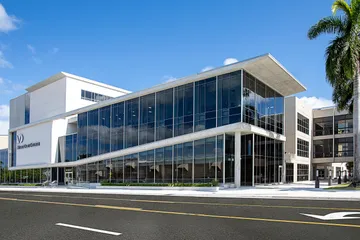Collaborative practice is becoming the norm in health care, with providers from multiple disciplines – ranging from medicine to nursing, dentistry, pharmacy, mental health and other health professions – working as a team to deliver comprehensive, individualized care and better patient outcomes. Colleges and universities are responding by adopting an Interprofessional Education (IPE) paradigm, ensuring that their students are well-prepared to contribute and thrive in this new setting.
This shift toward collaboration and teamwork is having a significant impact on the design of the facilities where health care is delivered and where the health care professionals of the future are educated. Larry Schnuck, AIA – Kahler Slater Vice President and Team Leader for Higher Education – recently outlined these changes in a presentation to deans of dental schools from around the United States and Canada. In his talk at the 2016 ADEA (American Dental Education Association) Deans’ Conference, he explored emerging trends and best practices in designing the “built environment” of health profession schools in support of hospitals and other clinical care facilities, including:
- Trends in health care practice that are impacting educational facility design.
- Operational considerations when implementing IPE, including recruiting/developing faculty champions, challenges inherent in developing an IPE curricula, and the importance of building cross-program partnerships.
- How design can reinforce IPE by eliminating programmatic silos, celebrating the identities of the individual programs, fostering teamwork, and providing spaces to accommodate various learning styles.
- Options for designing office spaces that enhance collaboration among faculty.
- Best practices for designing active learning classrooms.
- Lessons learned from several dental schools and health care providers that have designed their new facilities to support their interprofessional missions.
E-mail us if you are interested in learning more about Larry’s presentation.

